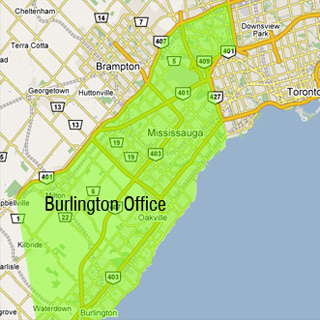- [HOME]
- [COMPANY PROFILE]
- [PRODUCTS]
- [MANUFACTURERS]
- [REQUEST QUOTE]
- [CONTACT US]
 |
|
|
|
||
|
| Canada Blower has more than 50 years of experience in supplying centrifugal fans for processes within the energy, power and incineration industry. The fans are used for power stations, heating stations, incineration plants, CHP-stations and waste-to-energy facilities where biofuel, i.e., wood, sawdust, grass trimmings, domestic refuse, agricultural waste, biogas and other types of waste, or fossil fuels such as petroleum, gas or coal are used. |




